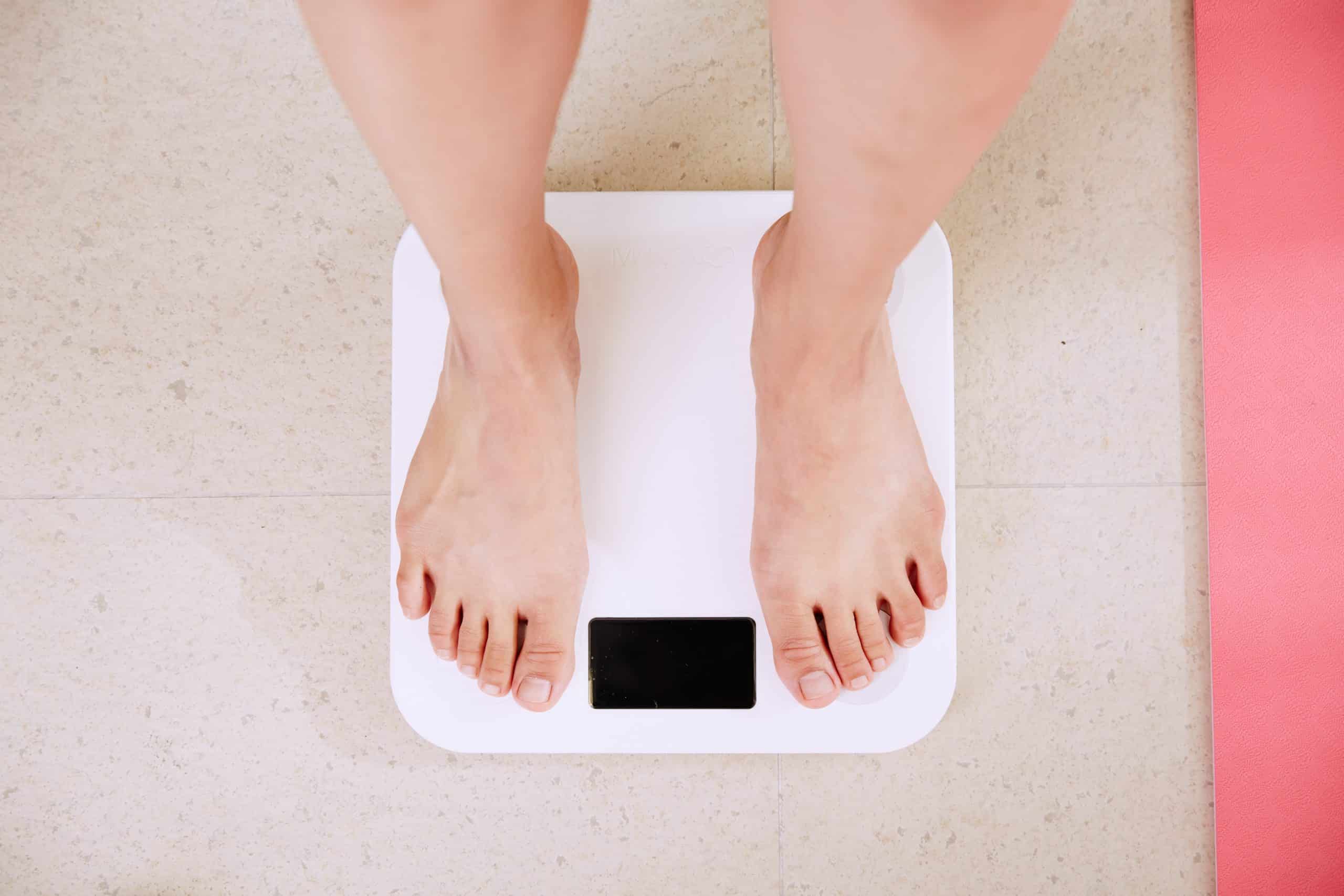
Predicting the number of calories burned during a workout isn’t easy. Each person is different. The calories they burn doing the same exercises as someone else will vary by age, weight, gender, percentage of muscle tissue, length and intensity of the workout, and other factors. Even though you may be doing the same workout, the calories you burn at each will also vary. You can approximate the calories you burn, which for most people is adequate.
Your weight, gender, age, and body composition make a difference.
If you weigh more, moving around takes more energy, and you’ll burn more calories. Gender and body composition are linked. Men tend to have more muscle mass than women. People with more muscle mass burn more calories working out. The older you get, the harder it is to reach the intensity required to burn the maximum calories. You might think that fit people will burn more calories, but that’s not necessarily true. Their body is more efficient, so they burn fewer calories.
The area temperature, the amount of sleep, and your intensity affect the calories burned.
It makes sense that someone running at peak speed will burn more calories than someone walking slower, so intensity counts. If the room is warm, your body temperature will be higher, burning more calories. Getting adequate sleep the night before makes a difference. It can cause fatigue so you won’t work as hard. It also slows your metabolism.
Sometimes, just estimating the number of calories is enough.
Many charts will show the number of calories burned. Some even add weight to the mix. For instance, a 125-pound person will burn 165 calories doing 30 minutes of low-impact aerobic exercise, while a 155-pound person will burn 108. High-impact exercises burn more. That same 125-pound person will burn 210 calories, while the 155-pound person will burn 252. Knowing approximately how many calories you’ll burn based on the activity is often enough. Staying more focused on consistency and being active is more important.
- While lifting weights doesn’t necessarily burn the most calories, they do create afterburn that increases your metabolism for hours. They also build muscle tissue that boosts metabolism.
- Eating a small snack before you exercise can help keep you working your hardest, burning more calories in the process. The snack should contain a carb and some protein.
- HIIT—high intensity interval training—torches calories. It’s not a type of exercise but a way of modifying any workout, alternating between peak intensity and a recovery pace.
- A personal trainer will create a program designed to help you maximize the calories you burn, while also focusing on all types of fitness, strength, endurance, balance, and flexibility.
For more information, contact us today at Body Sculptors Personal Training
